Easter Egg Bath Bombs (with VIDEO)
A fun homemade bath bomb for Easter baskets, these Easter Egg Bath Bombs are an easy homemade Easter gift that doubles as a fun Easter activity for kids on a rainy Spring day! This is a non-candy Easter gift that still generates just as much excitement as chocolate!
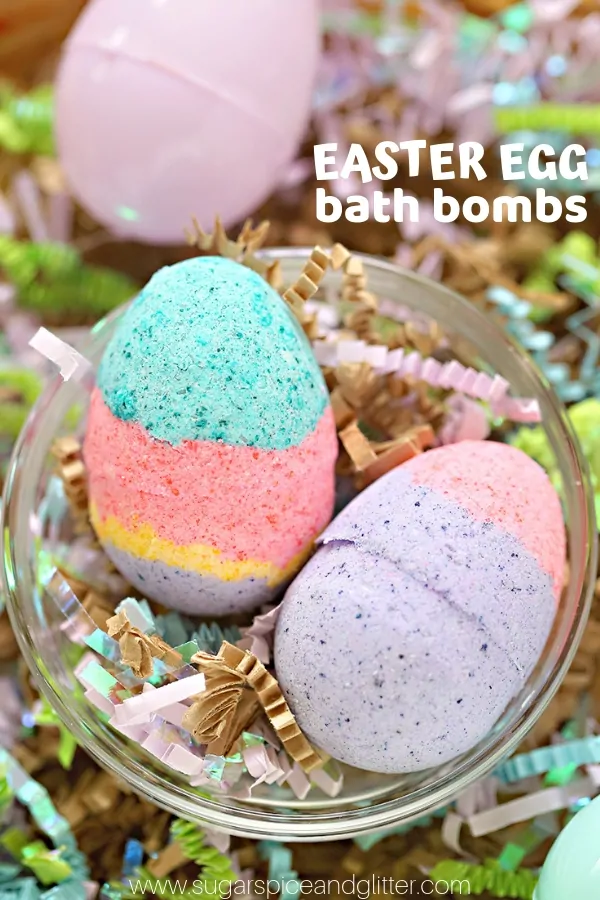
Easter Egg Bath Bomb Craft
While I have no issues filling up my daughter’s Easter basket with chocolates and sweets, to be honest, she doesn’t really have much of a sweet tooth!
In fact, as I’m prepping for this Easter, I’m throwing out last year’s Easter chocolates.
So, I thought I’d attempt to do something a bit special and make her some homemade Easter Egg Bath Bombs – something I know she’ll actually get use out of!
Our method for making homemade bath bombs is super easy. We’ve been making them for years and it’s a great craft activity for kids. All of the ingredients are safe for kids to handle and there is no special equipment (like the stove or microwave) needed. Just measure, stir, and form into bath bombs!
You can make your bath bombs all one color, or do stripes like I did. You can also get sprinkles or fondant candies to adorn your bath bombs (like we did with our Belle Bath Bombs).
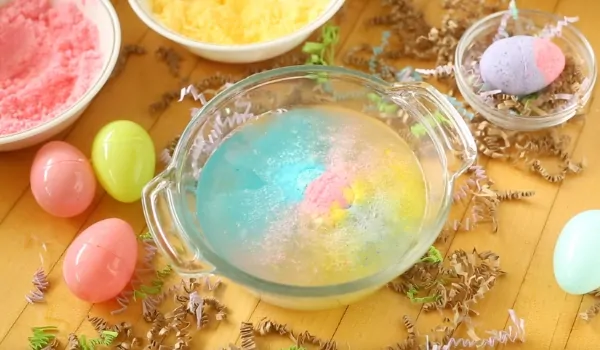
We started making our own bath bombs just for fun but after paying $13 for a single bath bomb at a specialty store (you know the one) I now think of it as saving money, too!
Typically, a store-bought bath bomb will run you $5+ and buying all of the ingredients for bath bombs will initially cost probably about $25 if you have none of the ingredients on hands. However, that $25 is enough to make easily 100+ bath bombs – and you can use many of these materials in different ways:
- Epsom salts can be used to make custom bath soaks, or just sprinkle it as-is in the bath after a work out or stressful day
- Citric Acid is a food additive that can be used in DIY cleaners, canning food, or you can make your own fizzy sherbet with it (it’s also used in home brewing!)
- Corn Starch is a great thickener used for sauces like gravy or with mac and cheese, or you can make oobleck with it (a fun sensory play material)
- Baking Soda is great for cleaning, is used often in baking, and you can make fun fizzy science experiments with it
- Coconut Oil is an awesome substitute for butter or oil in baking/cooking, and there are lots of holistic ways it can be used (I used to actually massage and wash my face with it when I had some post-partum pimples and we often add it to our homemade sugar scrubs)
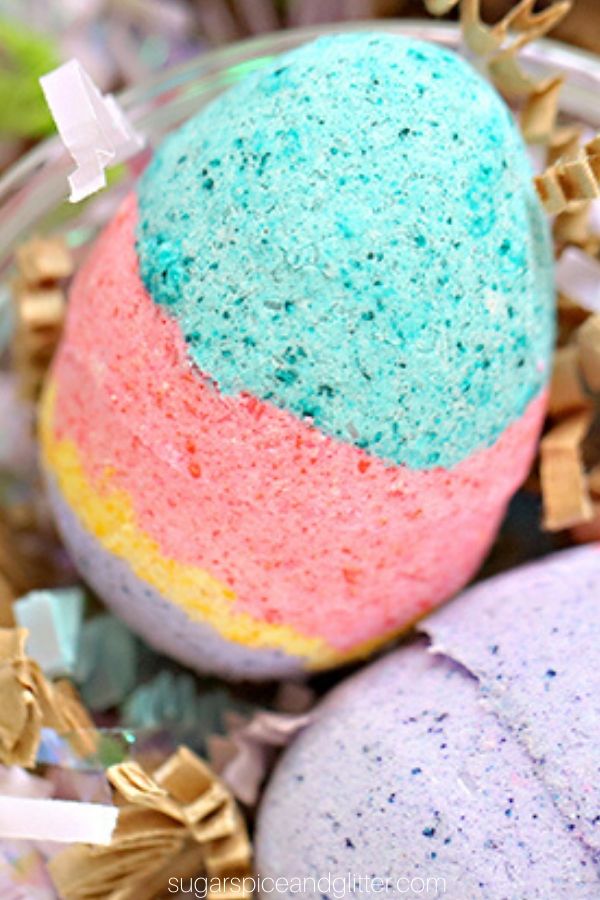
These ingredients all work together to create the perfect bath bomb experience, but if you’re really stuck for a couple ingredients here are some substitutions that you can make:
What can I use instead of citric acid in bath bombs? You can swap out the citric acid for cream of tartar, but note that the citric acid works to neutralize the baking soda in the bath bomb and helps your skin absorb the benefits of bath bombs. The nice thing about this swap is that additional cream of tartar will help to make an even sturdier bath bomb.
What can I use instead of epsom salts in bath bombs? Fine grain sea salt or Himalayan salt can both be substituted for epsom salts – personally, I prefer the Himalayan salt, if you have to swap it out. However, keep in mind that epsom salts are usually less irritating and help draw out lactic acid from our muscles (great for post-workout relief). Himalayan salt and Epsom salts both have a good amount of needed minerals, like magnesium, to help relieve stress and increase serotonin levels.
What can I use instead of corn starch in bath bombs? You can use additional cream of tartar, but your results may not be as good as corn starch is a softer binder/hardener. Also, corn starch helps retain the scent added to bath bombs so you may not like the final product as much.
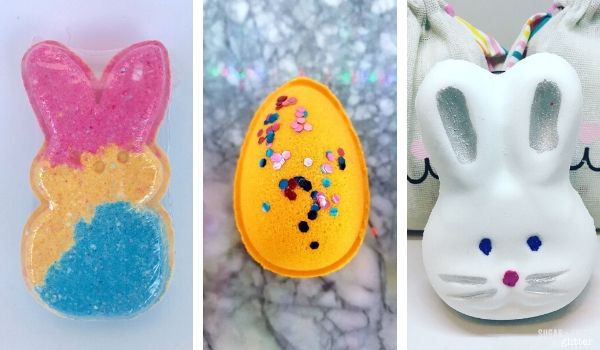
Don’t have time to make homemade bath bombs this year? Check out these handmade Easter bath bombs you can order online:
- Lush offers unique Easter bath bombs every year – my daughter loves the Golden Egg but I think the carrot bath bombs are super cute, too!
- I adore these multi-colored PEEPS bath bombs from Etsy (I also shared a DIY PEEPS bath bomb tutorial on my friend Maggy’s blog)
- An Easter Egg Bath Bomb you can order from Etsy
- I adore this Easter Bunny Bath Bomb – and it comes with a cute (reusable) bunny gift bag, too!
This DIY Easter Egg Bath Bomb craft is one of the 32 recipes, crafts and decor ideas included in our free Easter Planning Ebook available to our e-mail subscribers:
Check out our quick video for how to make Easter Egg bath bombs, and then don’t forget to scroll down to grab your free printable recipe:
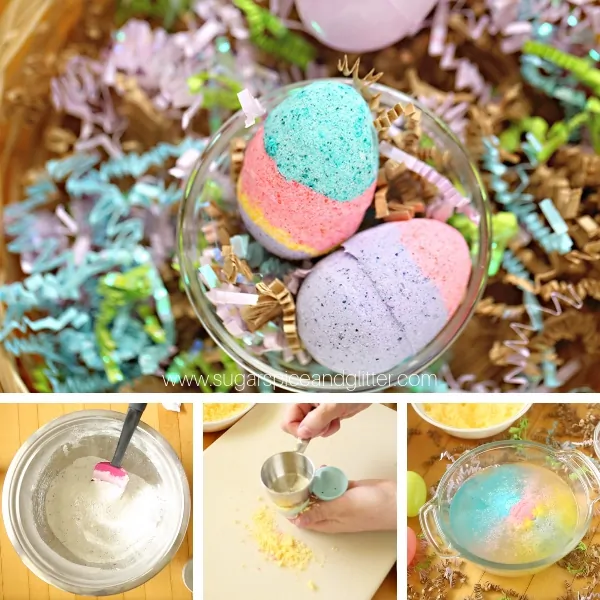
Homemade Bath Bomb Ingredients
- Citric acid – if not ordering online, citric acid can be found at pharmacies, but we got the best deal ordering ours through a home brewery store — it is a food additive, nothing to be worried about. Citric acids serves to neutralize the baking soda in bath bombs and helps your skin absorb the benefits of the other ingredients
- Corn starch – corn starch slows down the reaction time of the bath bomb and helps them retain their scent
- Epsom salts – be sure to purchase quality epsom salts that are 100% magnesium sulfate. Cheaper epsom salts may contain unnecessary additives
- Baking soda – this is the essential ingredient for those fizzy reactions. It also helps exfoliate and is anti-bacterial and anti-inflammatory
- Water – helps bind the bath bomb
- Coconut oil – reduces the amount of water needed to bind the bath bomb. Any quality/edible oil can substitute
- Essential oils* – optional, pick them for either their scent or suggested benefits
- Pastel soap dye, optional
- Plastic easter eggs
Scroll down to the printable recipe card for full measurements.
Tip: can use food dye in place of the soap dye. I’ve never had an issue with substituting it.
Kitchen Tools You May Find Helpful
- Measuring cups and spoons
- Mixing bowl – use glass, metal or ceramic, not plastic
- Non-wooden spoon or spatula
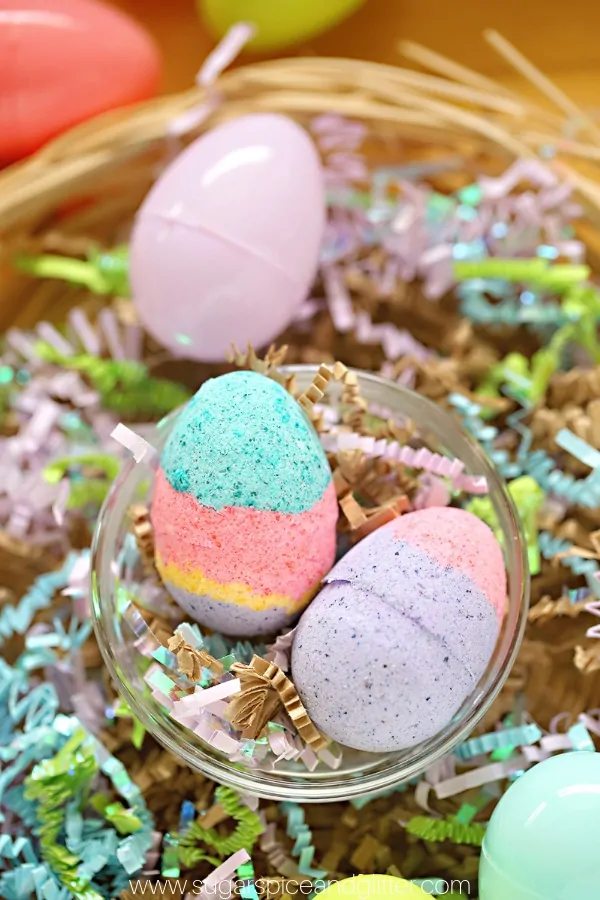
How to Make Easter Egg Bath Bombs
Stir together the citric acid, baking soda, corn starch, and epsom salts until well combined.
Divide mixture into 3-4 smaller bowls, depending on how many colors of bath bombs you want.
Divide the coconut oil into the same number and add the food dyes and any essential oils directly to the coconut oils.
Carefully stir the dyed coconut oil into the bath bomb mixture, trying to avoid adding it too quickly as that can cause a reaction/fizziness.
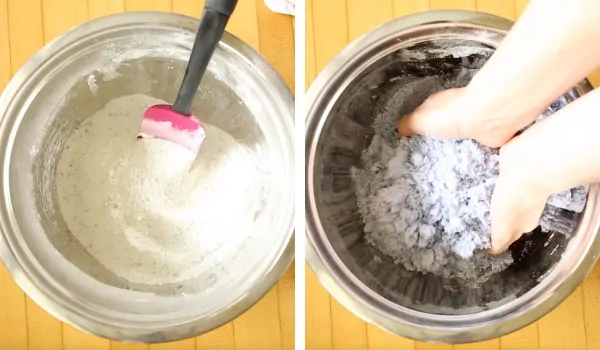
Slowly add your water and check the consistency of the bath bomb mixture – it should have a consistency close to wet sand.
Adjust the coloring and consistency before moving onto shaping your bath bombs.
Press the bath bomb mixture into the plastic eggs to serve as your bath bomb molds. Let set for 2 hours or overnight.
(Some people like to grease their molds with coconut oil first – I don’t find this to be a necessary step, but if you have issues with the bath bombs not releasing, you can try this.)
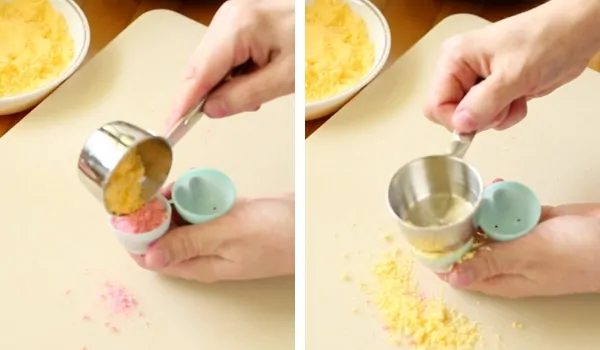
If your bath bomb doesn’t shape (crumbles or falls apart) it could be because you didn’t pack enough of the mixture into the mold, or the mixture is off (too dry or too wet). Adjust things slowly – after you successfully make a couple batches it will be second nature – just like baking!
When the bath bombs are set, carefully pop them out of the Easter Eggs.
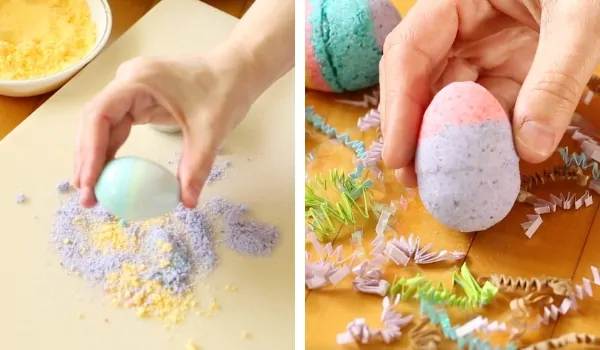
Pin this Easter Egg Bath Bomb recipe:
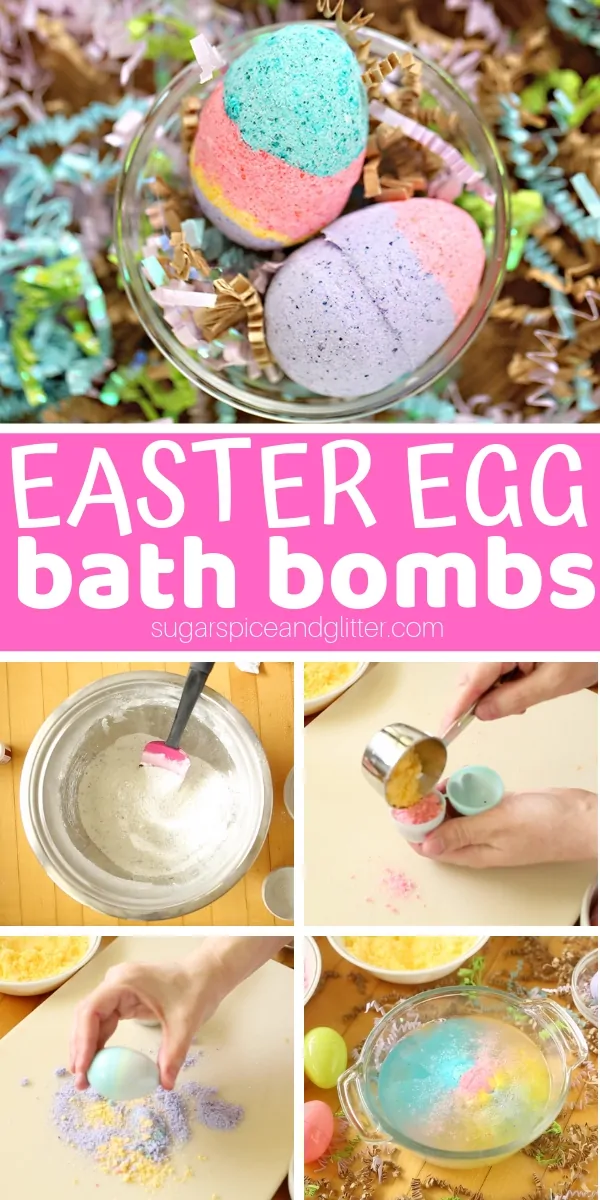
Grab your free printable instructions for our Homemade Easter Egg Bath Bomb recipe:
Want to Save This Recipe?
Enter your email & I'll send it to your inbox. Plus, get great new recipes from me every week!
By submitting this form, you consent to receive emails from Sugar, Spice and Glitter.
Easter Egg Bath Bombs

A step-by-step tutorial for homemade Easter Egg bath bombs, the perfect non-candy Easter gift
Materials
- 1 cup citric acid
- 1 cup corn starch
- 1 cup epsom salts
- 2 cup baking soda
- 2tsp water
- 4-6 tablespoons coconut oil
- 2 tsp essential oils
- Pastel soap dye, optional
- Plastic easter eggs
Tools
- Mixing bowl
- Measuring cups and spoons
- Plastic or metal spoon
Instructions
- Stir together the citric acid, baking soda, corn starch, and epsom salts until well combined.
- Divide mixture into 3-4 smaller bowls, depending on how many colors of bath bombs you want.
- Divide the coconut oil into the same number and add the food dyes and any essential oils directly to the coconut oils.
- Carefully stir the dyed coconut oil into the bath bomb mixture, trying to avoid adding it too quickly as that can cause a reaction/fizziness.
- Slowly add your water and check the consistency of the bath bomb mixture – it should have a consistency close to wet sand.
- Adjust the coloring and consistency before moving onto shaping your bath bombs.
- Press the bath bomb mixture into the plastic eggs to serve as your bath bomb molds. Let set for 2 hours or overnight.
- When the bath bombs are set, carefully pop them out of the Easter Eggs.
Notes
If your bath bomb doesn’t shape (crumbles or falls apart) it could be because you didn’t pack enough of the mixture into the mold, or the mixture is off (too dry or too wet). Adjust things slowly – after you successfully make a couple batches it will be second nature – just like baking!
Recommended Products
As an Amazon Associate and member of other affiliate programs, I earn from qualifying purchases.
-
Life of the Party Lilac, Peach, SeafoamLiquid Colors,3 Pack,53007
-
Viva Naturals Organic Extra Virgin Coconut Oil, 16 Ounce
-
Arm & Hammer Pure Baking Soda, 5 lb
-
Dr Teal's Epsom Salt Soaking Solution, Pre & Post Workout, 3lbs Pack of 2
-
Milliard Citric Acid 2 Pound - 100% Pure Food Grade NON-GMO Project VERIFIED (2 Pound)
-
ARGO Corn Starch, 35 Oz
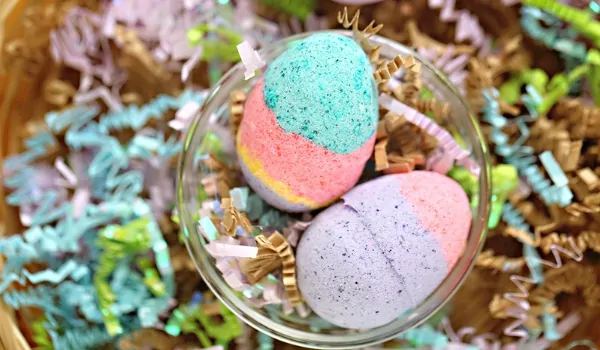
These Easter Egg Bath Bombs are super simple to make and are a thoughtful, homemade gift for Easter!
For more fun Easter craft ideas, check out our list of 50 Ways to Decorate Easter Eggs or our DIY Chalkboard Easter Eggs.
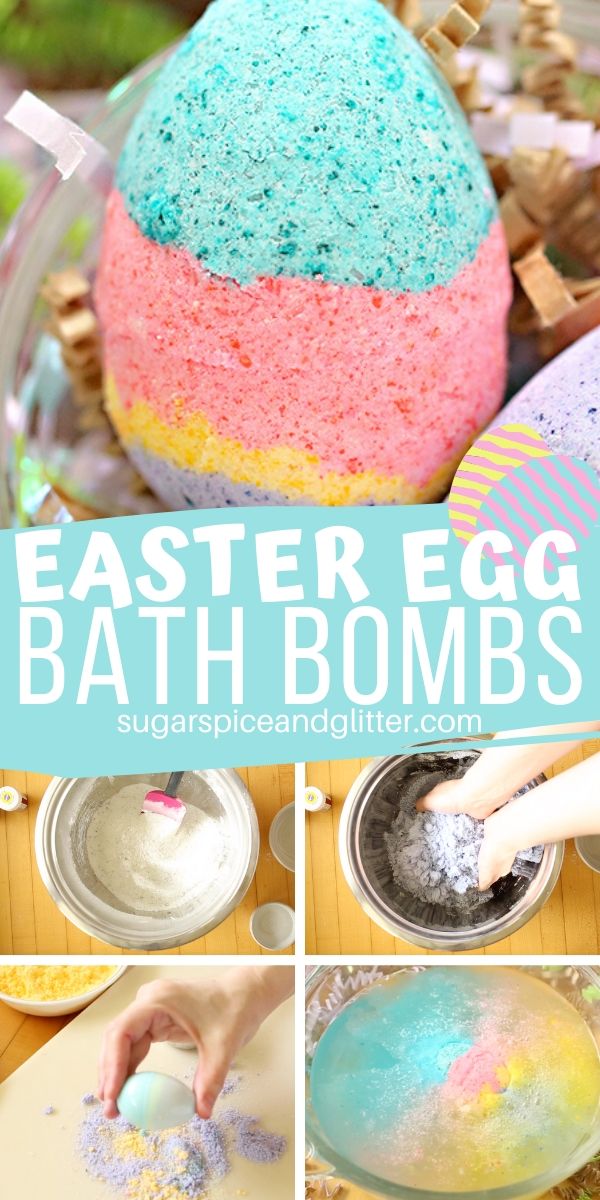
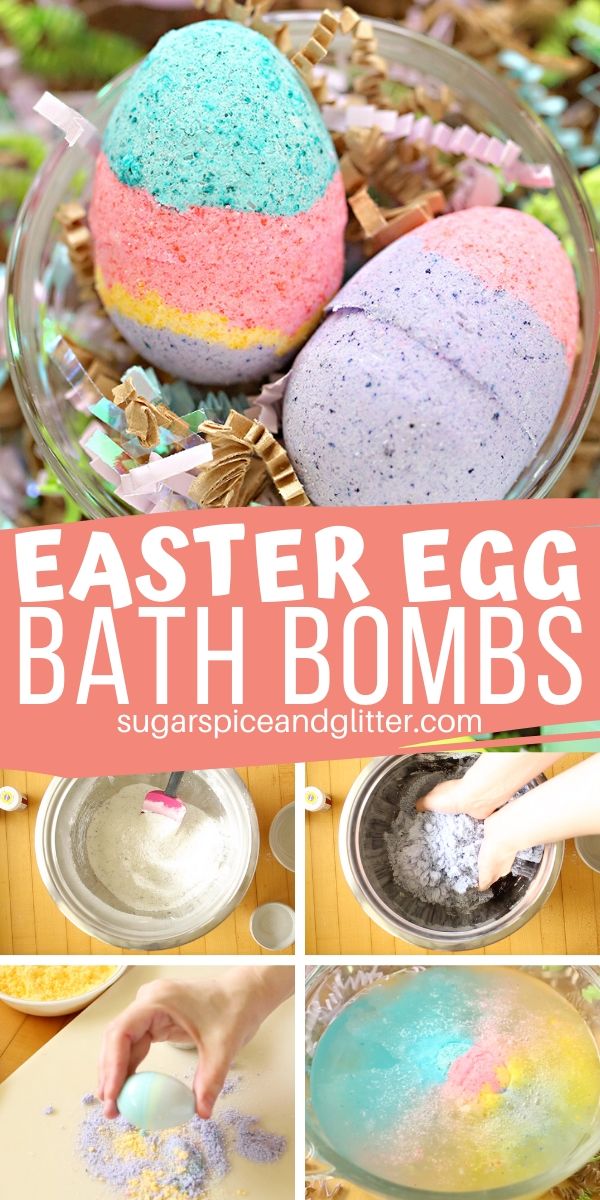
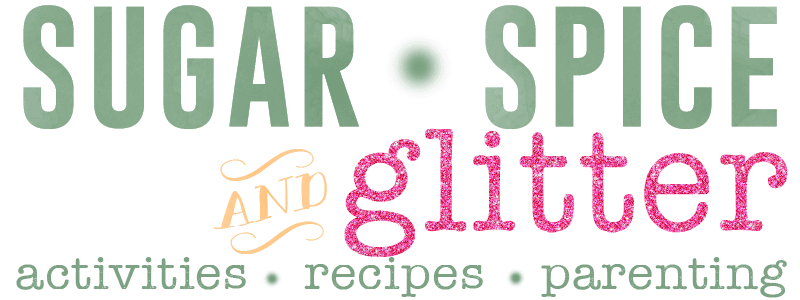







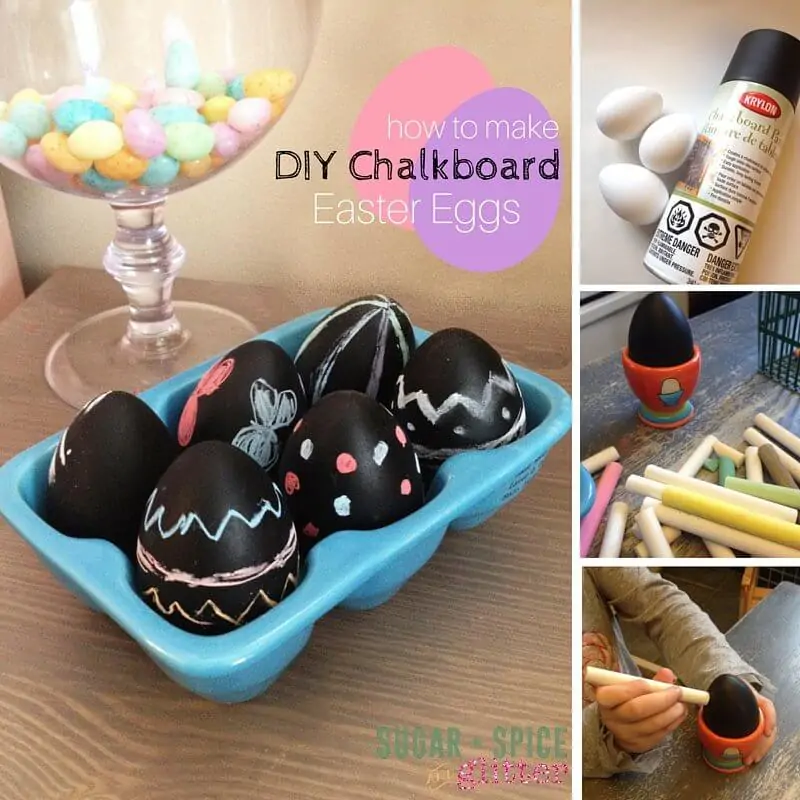
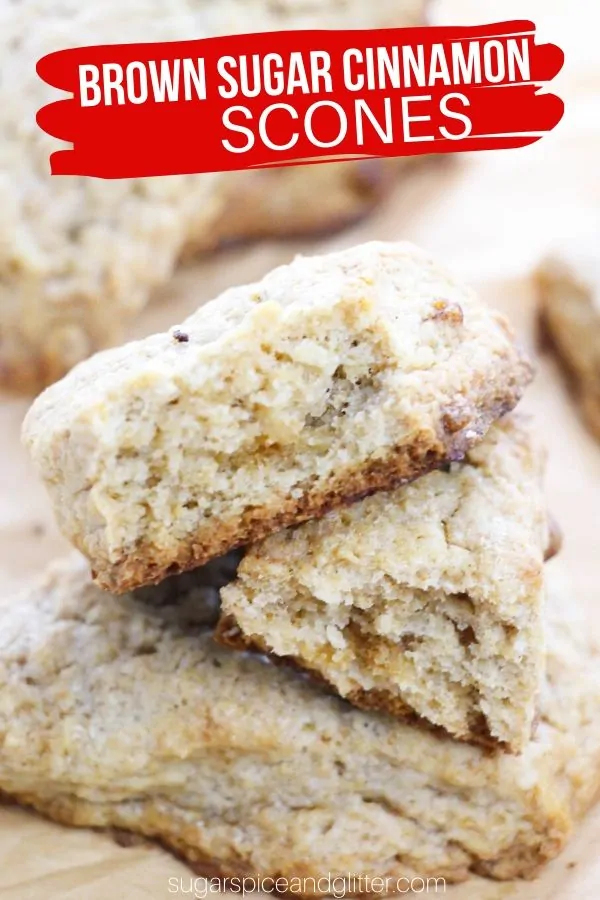
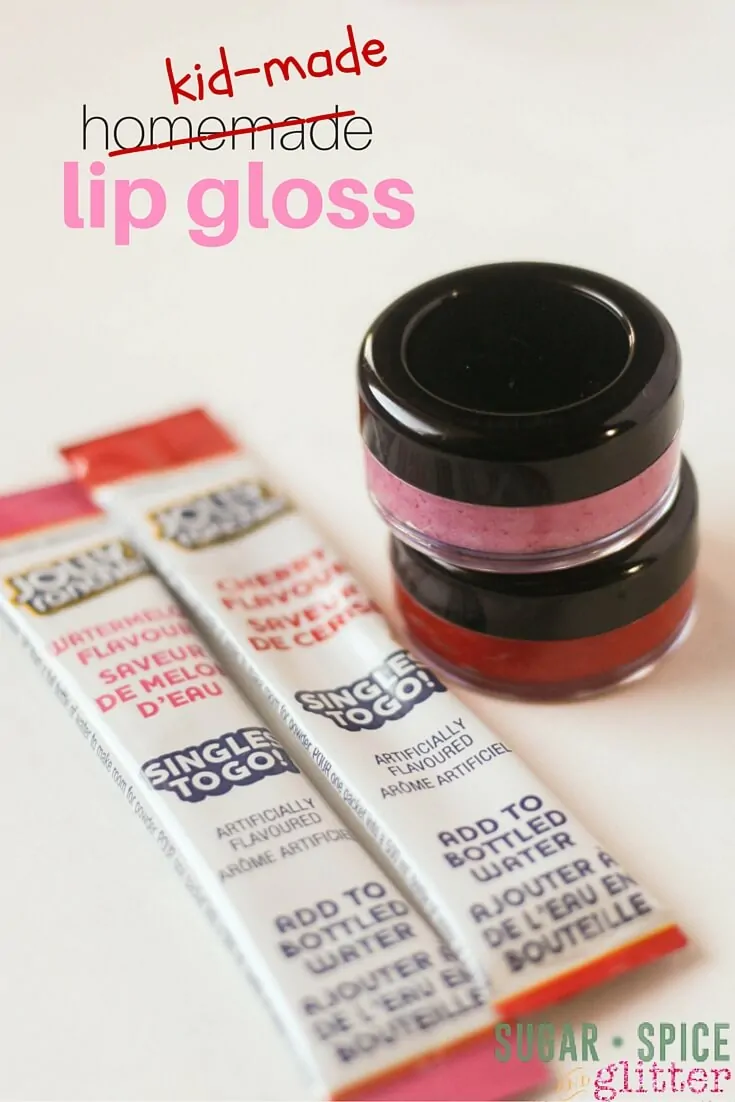
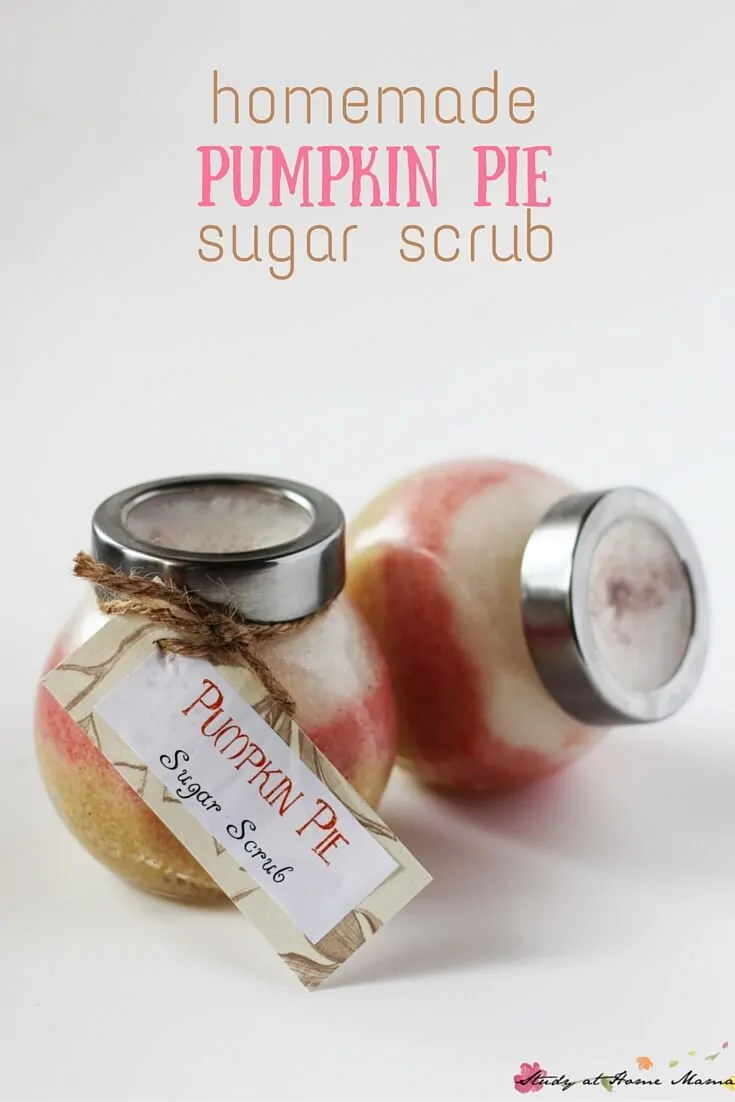
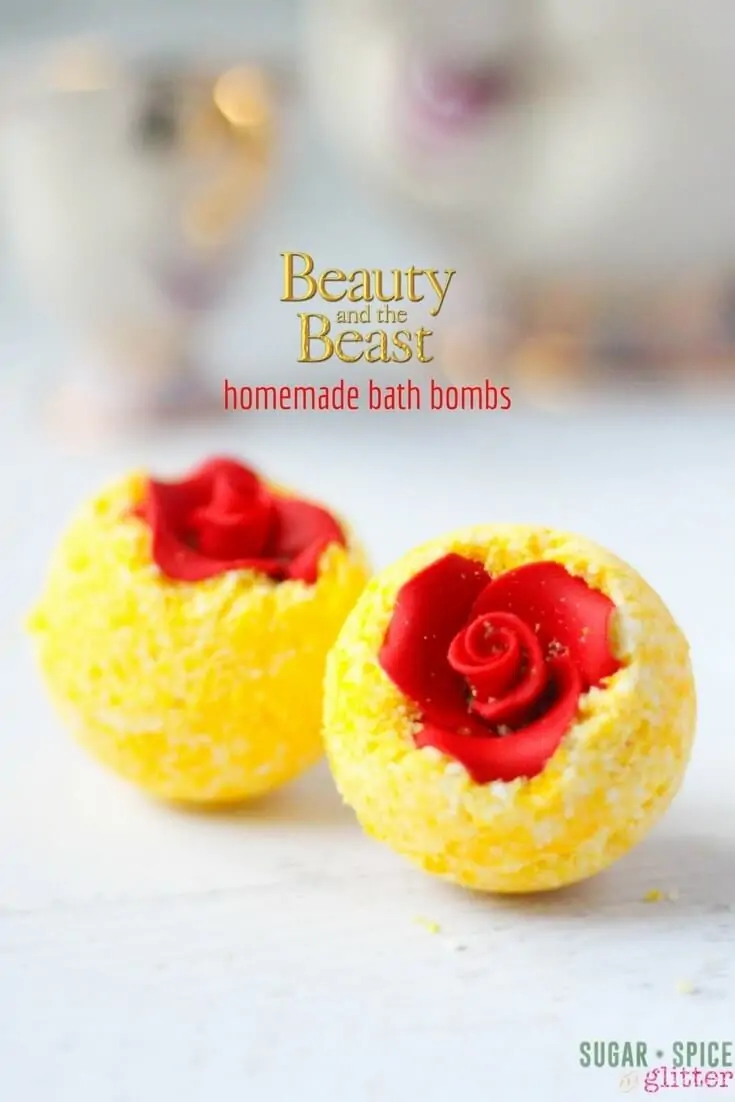
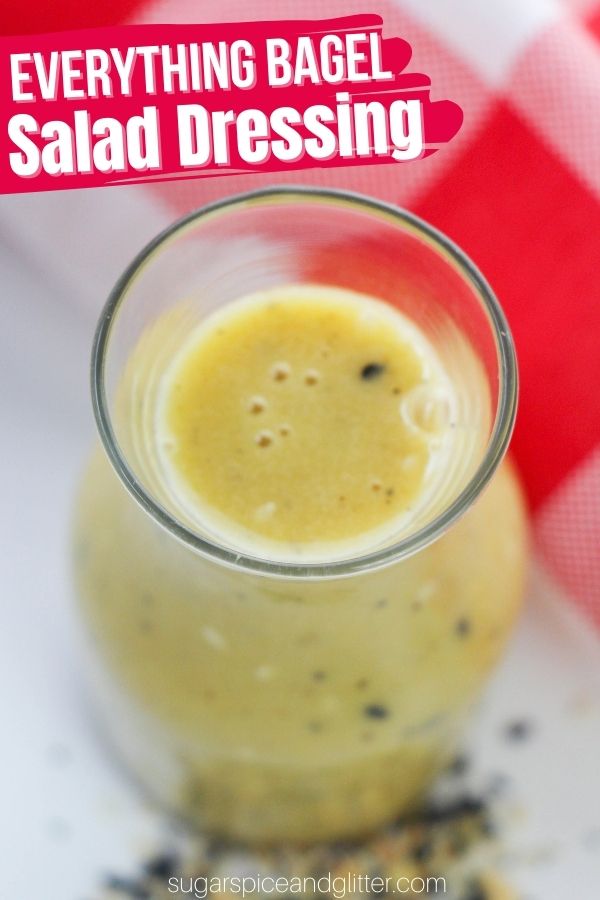
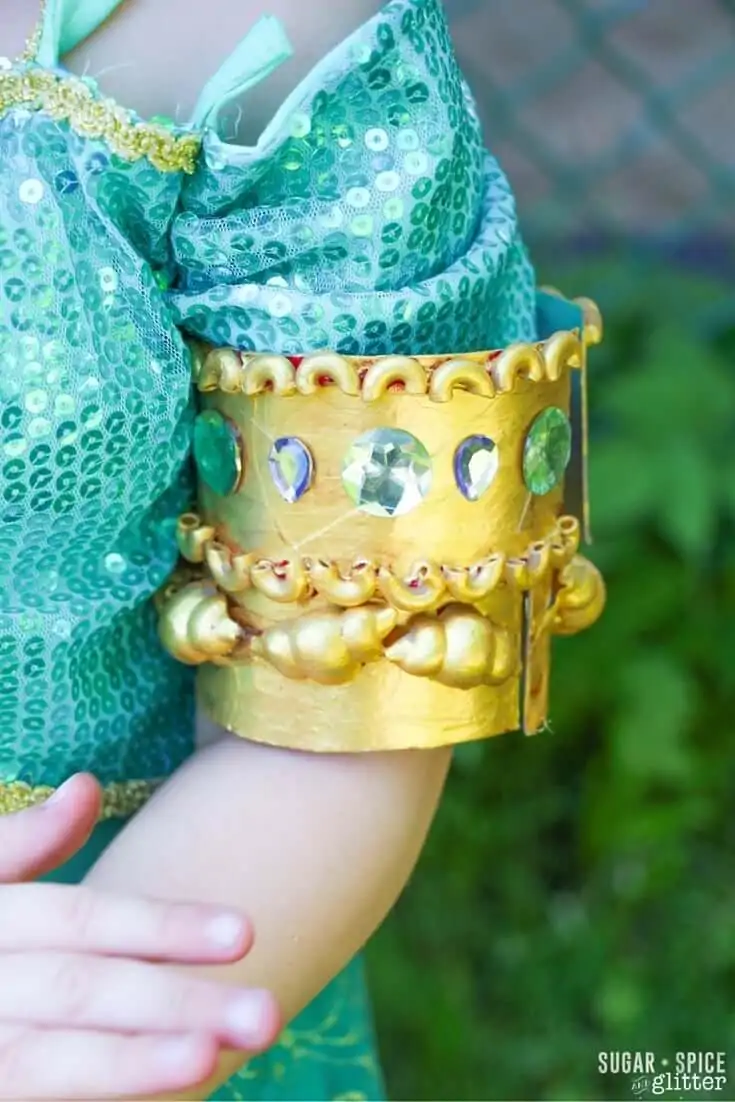
One Comment